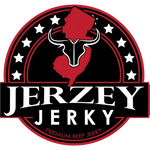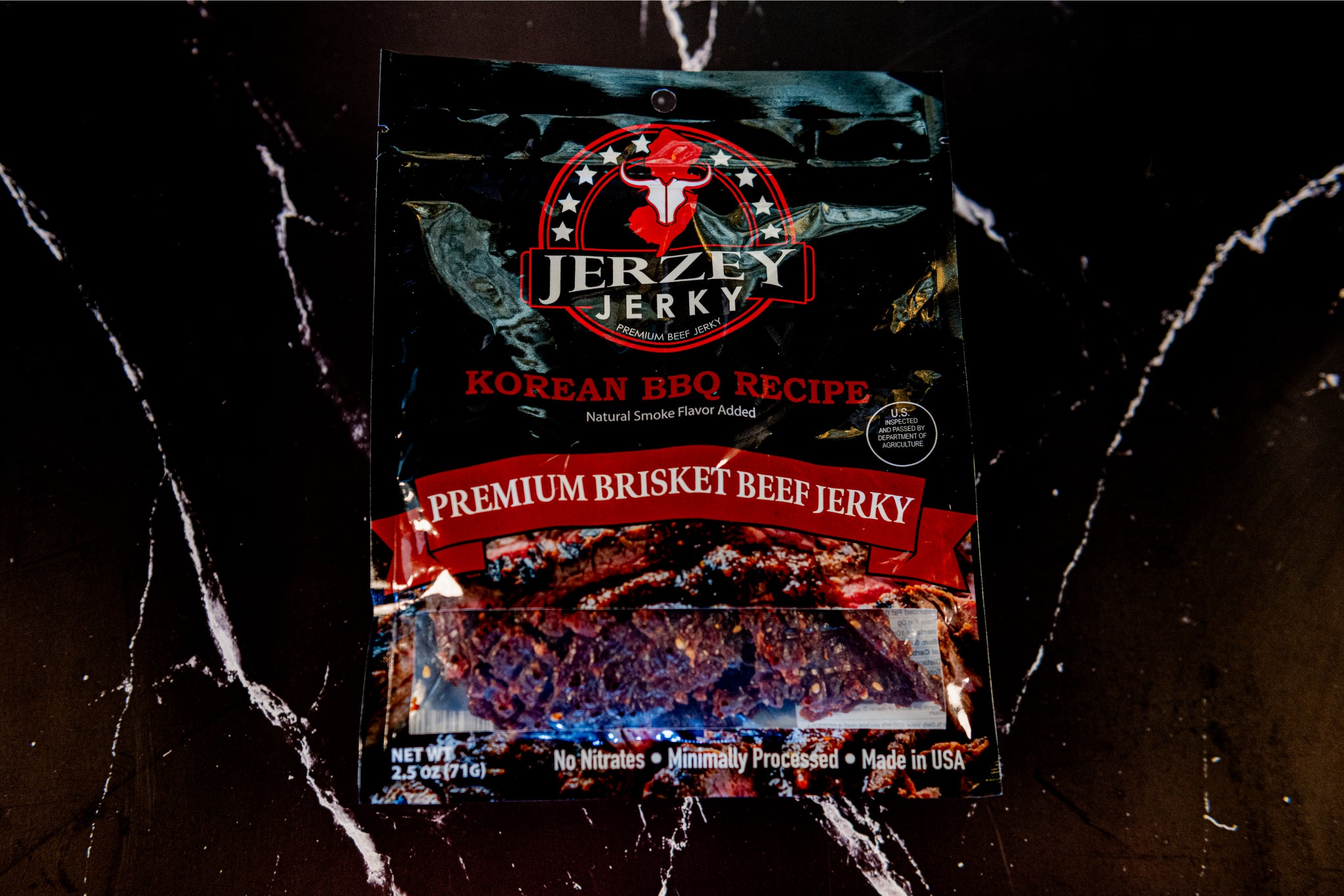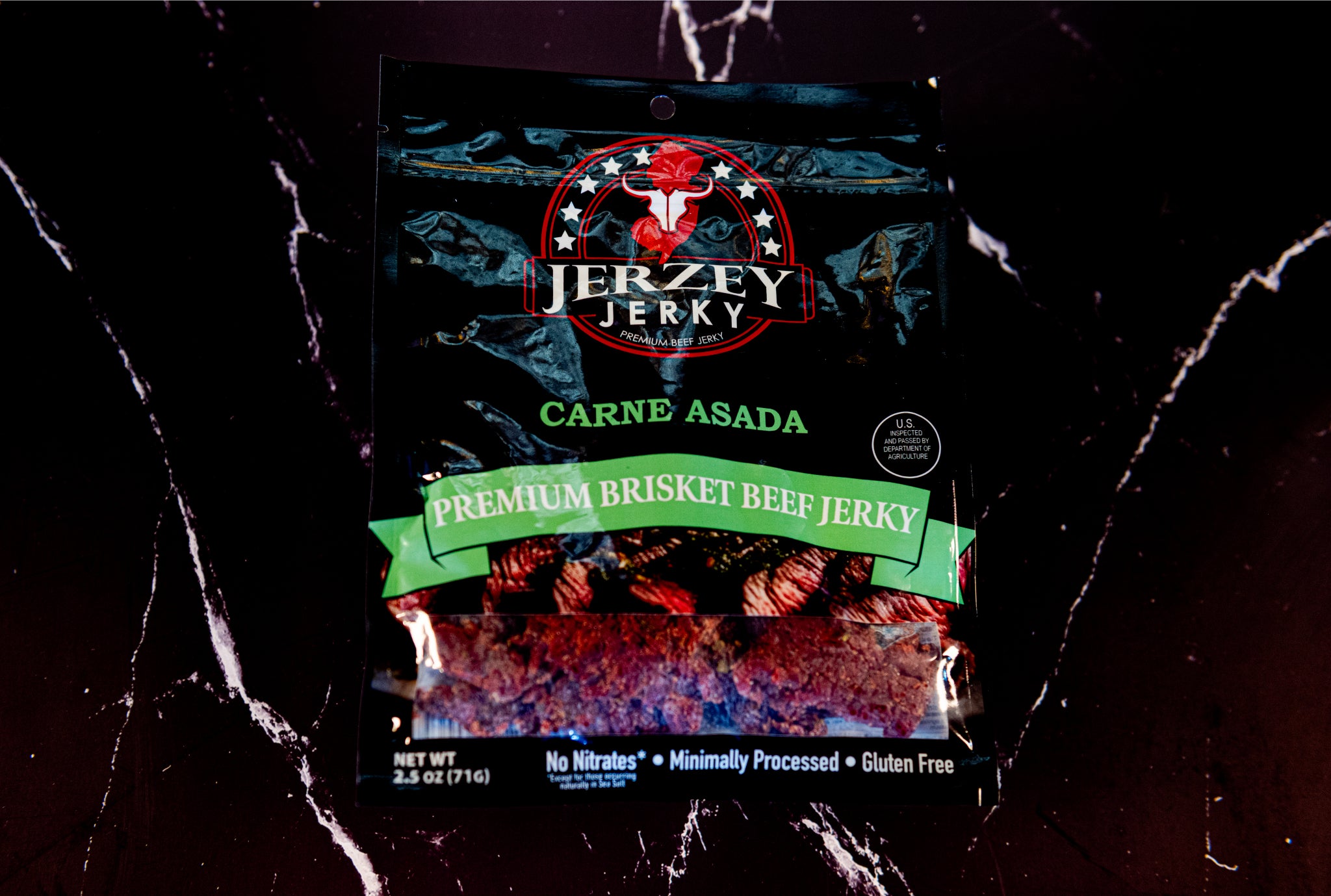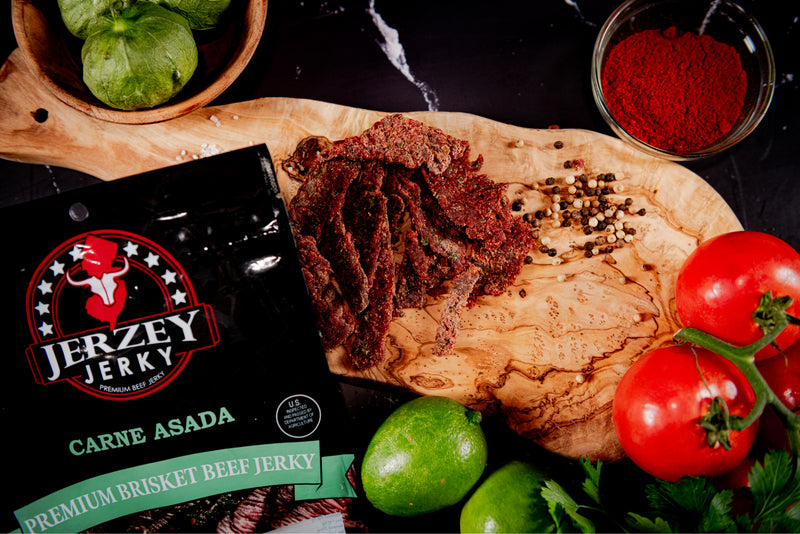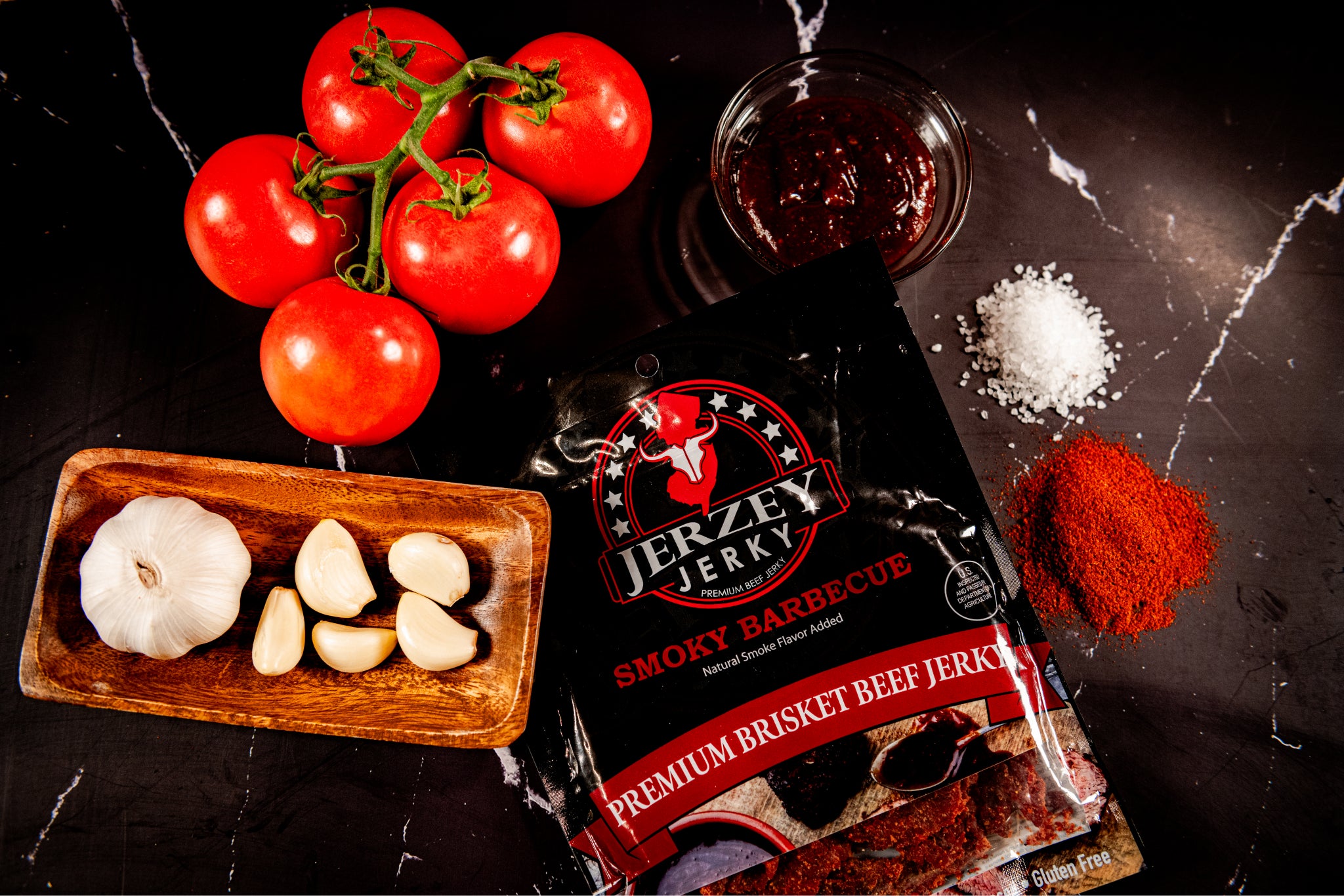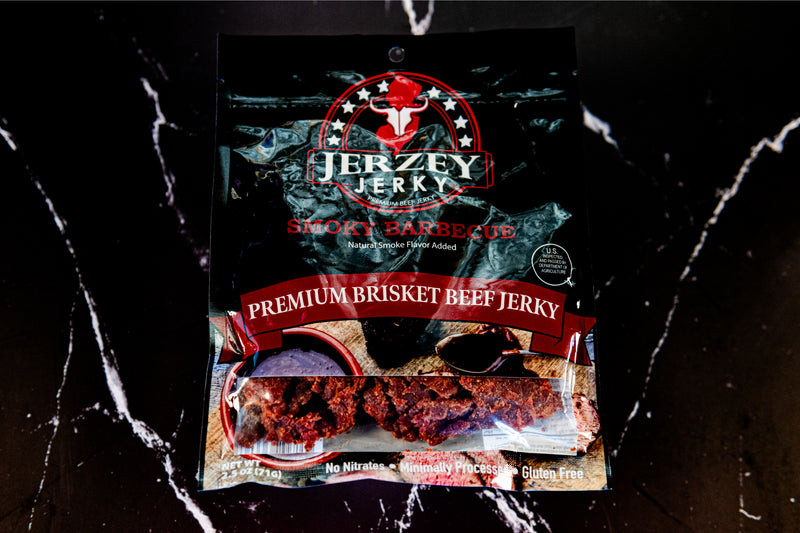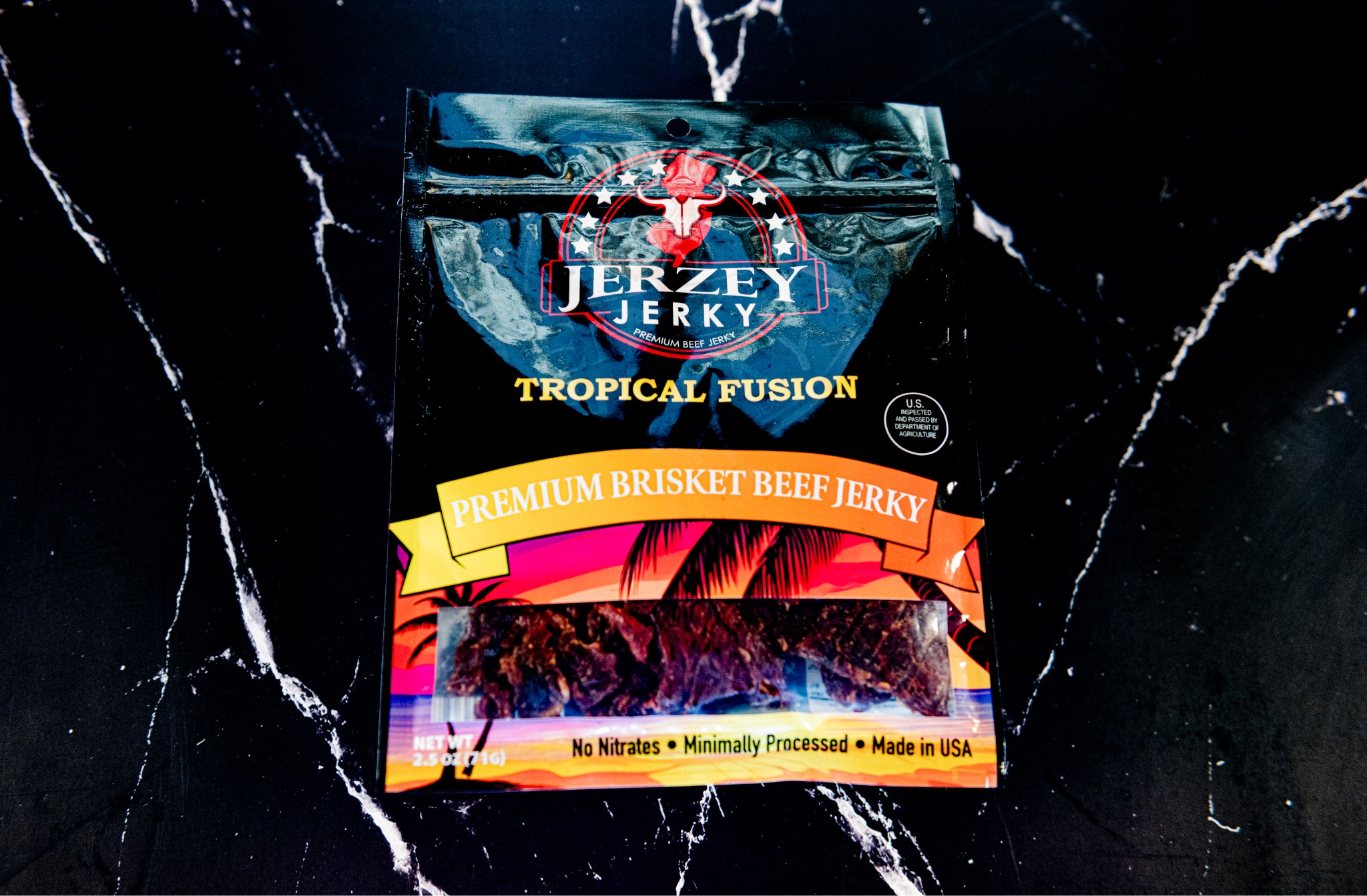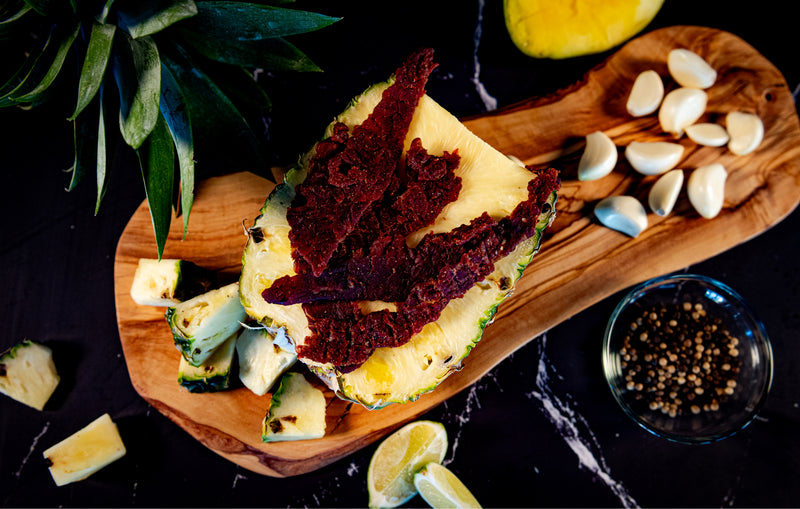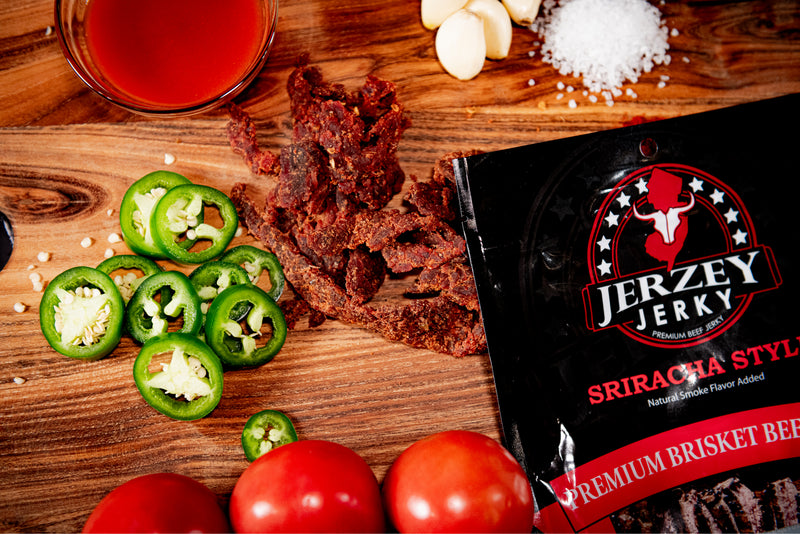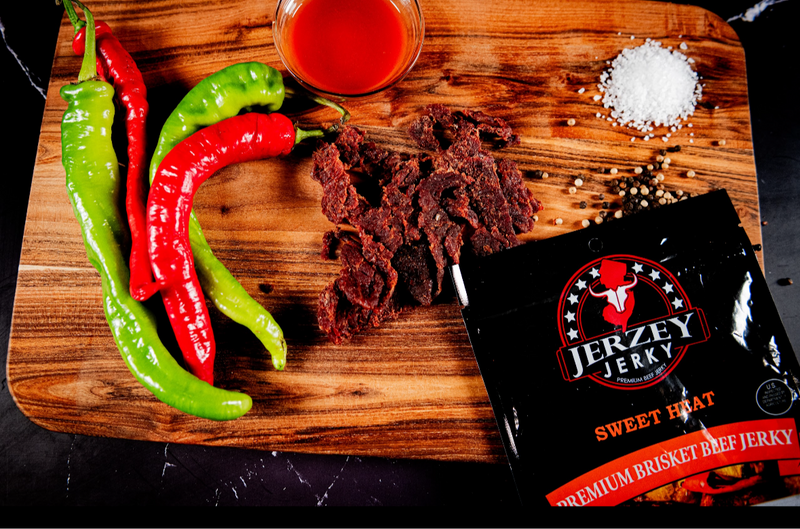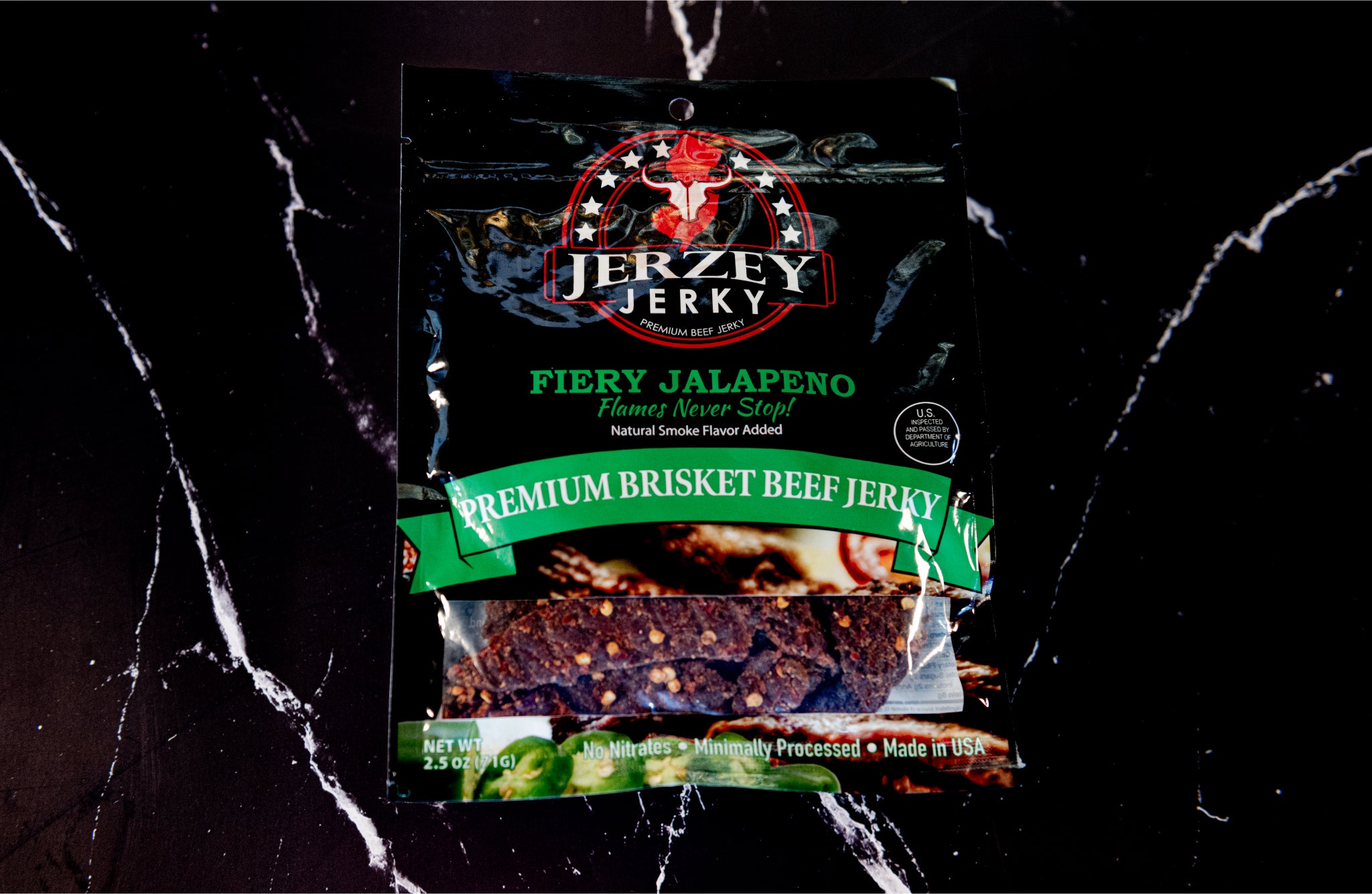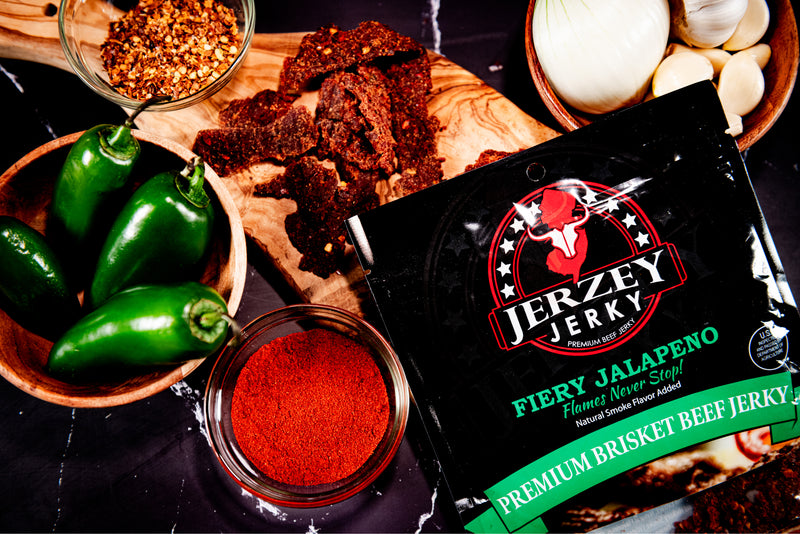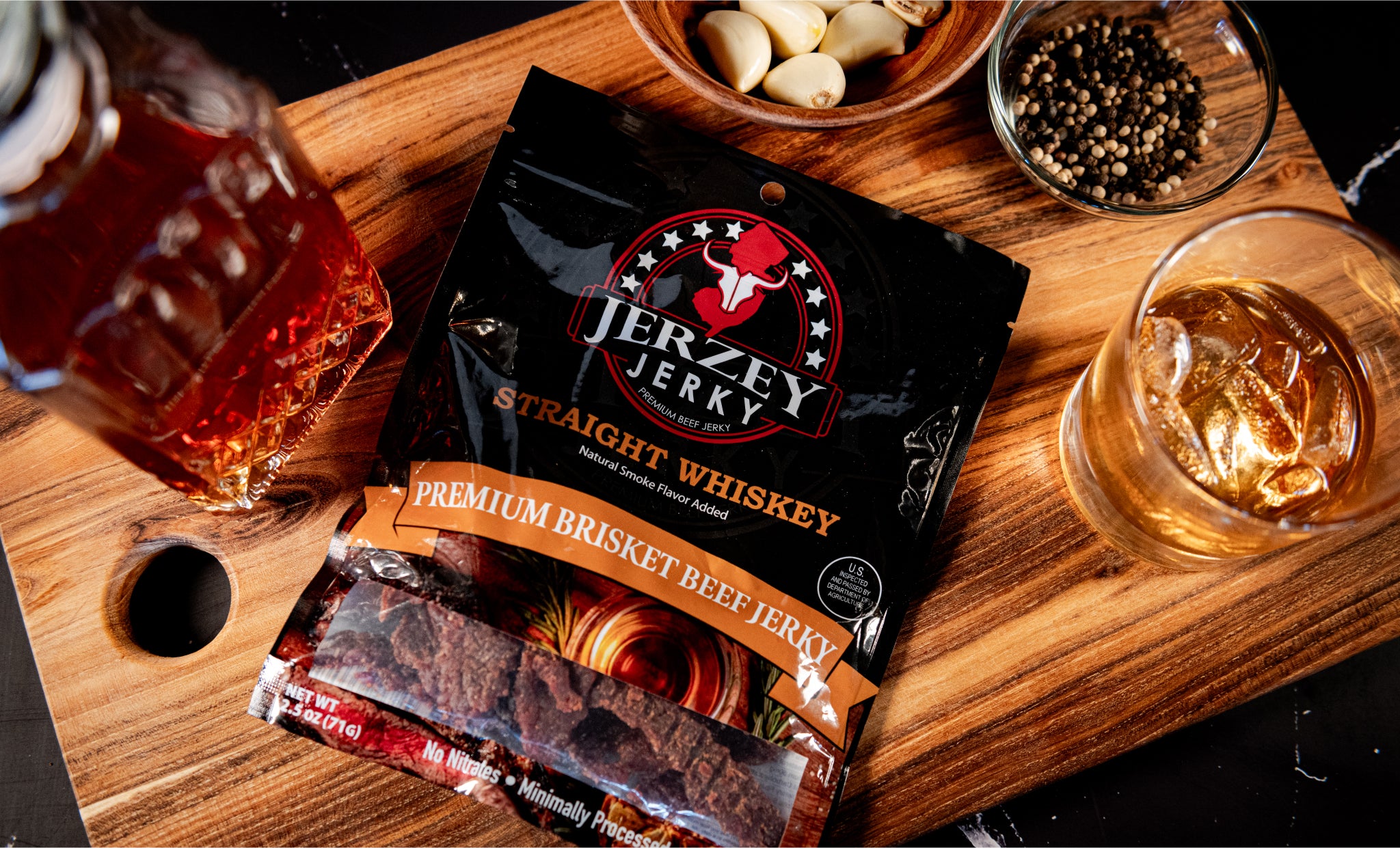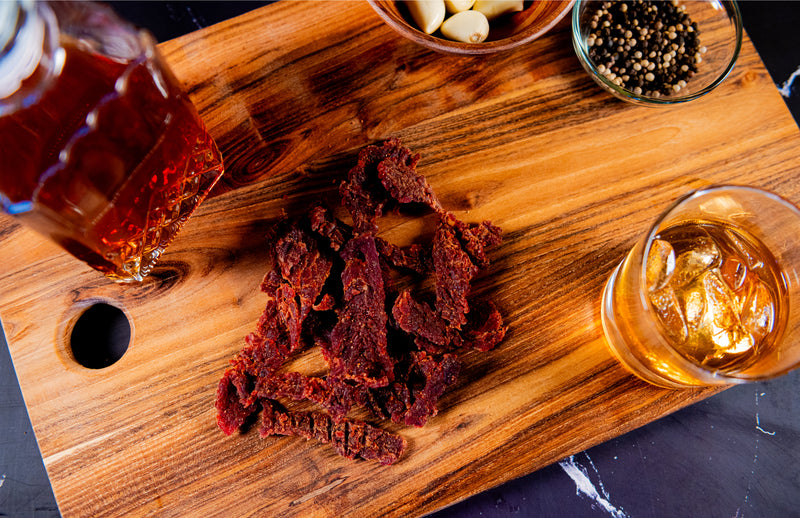
Chuck Beef: Nutritional Value, Cooking Methods, and Buying Tips
Chuck beef is cut along the shoulder region of the cow, between the neck, the rib and the brisket. This portion is composed of those muscles that are actively utilized and therefore it has a firm meat with visible connections and moderate amounts of fat marbling.
USDA includes chuck among the eight major beef cuts. It consists of such sub-cuts as the chuck roll, shoulder clod, and chuck eye that differ in the amount of fat and the concentration of the muscle that influences the outcome of the cooking process. Chuck roll is usually selected when making pot roast due to the balanced fat and lean meat proportion.
According to a study by the University of Nebraska-Lincoln Meat Science Department (2021), chuck beef contains a higher level of collagen than rib or loin meat. Slow cooking this collagen converts to gelatin, which improves meat tenderness and texture without the use of tenderizers.
What is the Nutritional Value of Chuck Beef
Here are the four key nutritional values of chuck beef:
- Protein: This meat has 22 to 25 grams of protein per 100 grams of meat. Protein is essential in the rebuilding of muscles, and it aids in daily activities in the body. It is important in development, metabolism, and general health in adults.
- Fat Content: Fat content varies between 15-20 grams of fat per 100 grams, depending on the respective cut. More marbling adds more fat to boost flavor and calories. Leaner cuts are less fat but with a good flavor.
- Calories: This meat contains 250-280 calories per 100 grams. Fat content primarily affects calorie content. More fat indicates higher calorie content and therefore this meat is regarded as a concentrated source of energy to the body.
- Iron & Zinc: This meat provides about 3 milligrams of iron and 6 milligrams of zinc per 100 grams. They are minerals that help in the movement of oxygen in blood and boost the immune system, which are vital to health.
Shop the best-selling Teriyaki Beef Jerky - Brisket & Korean BBQ Beef Jerky - Brisket !
What Are the Popular Cuts from Chuck?
Here are the six popular cuts from the chuck:
- Chuck Roast: Chuck roast is a large, tough cut typically suited to braising and slow cooking. This cooking destroys the connective tissue making the meat soft and delicious so it is suitable for cooking pot roasts and stews.
- Chuck Steak: Chuck steak is a thinner cut version of the chuck segment, which can be grilled out after marination. The marination softens the meat and improves flavor. It sears at high temperatures and supplies a full-flavored taste profile that appeals to an informal grill.
- Shoulder Clod: Shoulder clod is a large muscle cut of the chuck, often used in ground beef. It is moderately fat, which is a combination of lean and fatty portions. It is less tender than other chuck cuts and can be roasted.
- Chuck Eye Steak: Chuck eye steak is softer than other chuck cuts and is also referred to as poor man's ribeye. It is well-marbled and flavorsome and is best cooked on the grill or pan-seared.
- Denver Steak: Denver steak is made from the chuck under the blade section. It is soft and marbled, providing juicy and delicious meat. It can be grilled or pan-fried, and usually has a constant tenderness.
- Flat Iron-Steak: Flat iron steak is the flat iron steak of the chuck. It is tender and well marbled, and rich in flavor. It has a tenderness and taste that is best served when grilled, broiled, or pan-seared.
What Are the Best Cooking Methods for Chuck Beef?
Here are the five best cooking methods for chuck beef:
- Braising: This procedure relies on softening difficult cuts such as chuck roast through tenderizing liquid and heat. It gradually dissolves collagen to make the meat tender and tasty. It is usually applied in making pot roast.
- Slow Cooking: Slow cooking involves consistent, low heat cooking over hours and is best suited to making soups, shredded beef, and stew. This process softens the connective tissue, providing tender, juicy meat of intense flavor whose texture is rich.
- Grilling or Broiling: The tender cuts such as flat iron or chuck eye are the only parts to be grilled or broiled. Taste and tenderness are enhanced through marination. These cuts are fast-roasted in straight heat, getting you a tasty crust and leaving the center moist.
- Smoking: Smoking of meat is the slow cooking of meat in indirect heat using wood smoke. It lends a robust flavor and the meat slowly becomes tender. The technique can be used with barbecue-type recipes or shredded chuck in pulled beef recipes.
- Ground Chuck: Ground chuck contains about 20 percent fat that provides burgers with improved flavor and moisture. It is also a frequent fat level in homemade or restaurant burger recipes, because it makes nice solid patties that are juicy when cooked.
How to Identify Authentic Chuck Beef
Here are five ways to identify authentic chuck beef:
- Certification Labels: Seek labeling such as USDA Choice or Select. The labels confirms that the beef meets standard qualities of texture, marbling and age. Grading is done using certification to assure that the chuck is of inspected and certified beef.
- Cut Origin: Real chuck is the upper front quarter of the cow, the blade, shoulder, neck, and arm. Verifying this with the butcher guarantees that the cut is under the right primal piece of the carcass.
- Visual Characteristics: The grain of chuck cuts is rough and has a different muscle structure. Moderate connective tissue and marbling are keenly observed. These properties helps in distinguishing between chuck and thinner loose-textured areas like round or loin.
- Bone & Shape: Original chuck beef can be either boned or unboned. Bone-in varieties provide shoulder bone pieces, like blade roast. Boneless cuts are of irregular shapes with layered muscle with visible seers.
- Fat & Marbling: Chuck provides visible intramuscular fat less than rib cuts, but more than round. Certain surface fat is usually removed. This degree of marbling keeps the meat moist and sweet when it is cooked longer.
What are the Buying Tips for Chuck Beef?
Here are the three buying tips for chuck beef:
- Appearance: Pick meat that is deep red, has even fat marbling, and is firm. Avoid pale or discolored cuts. A slightly wet face is a sign of good handling and general freshness on display.
- Packaging: Choose vacuum-packaged foods to keep foods seemingly fresher by eliminating air. This kind of seal resists spoilage, natural juices and maintains quality. Make sure the package is properly covered and not leaking or damaged.
- Grind Freshness: With ground chuck, you should never buy something without knowing the grind date or the fat percentage. A 20/80 ratio of fat to lean allows a well-balanced texture and flavor. It also provides higher quality and safe storage after purchase as freshly ground beef.
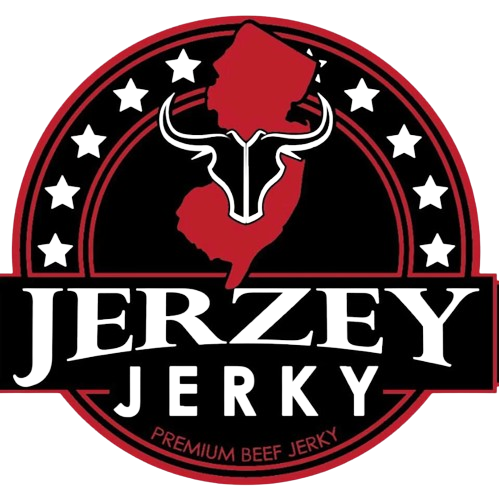
 2025-08-16
2025-08-16
 Wayne Holland
Wayne Holland

